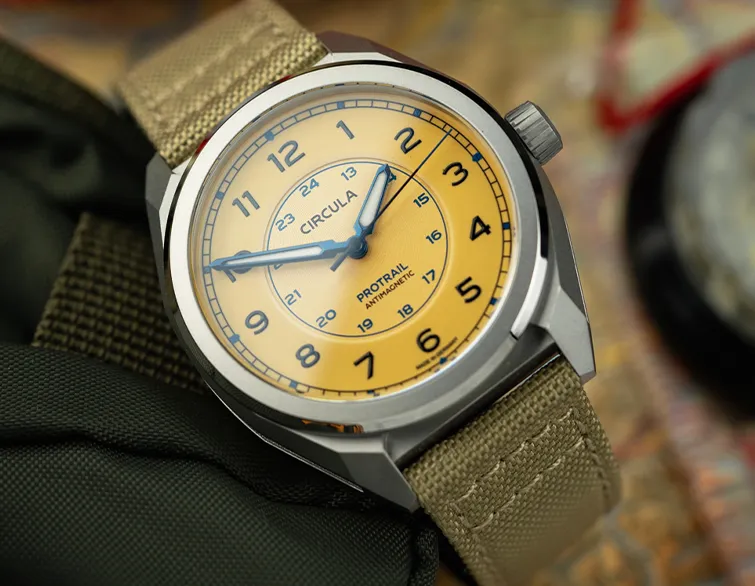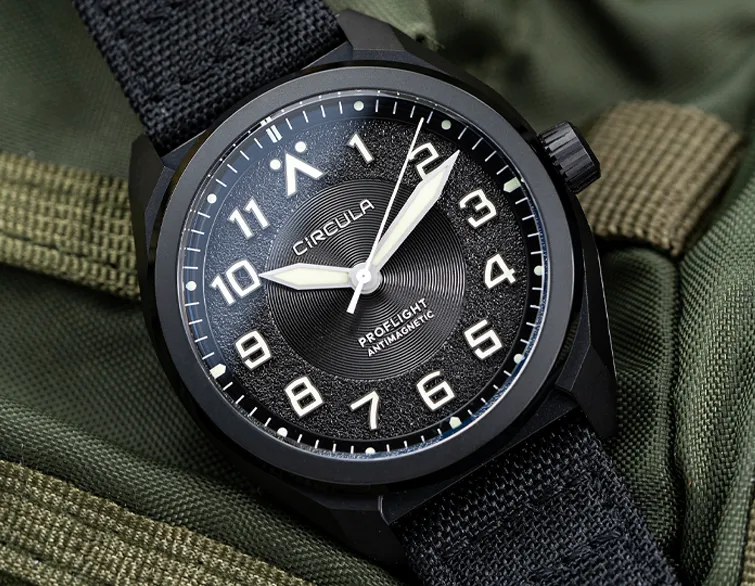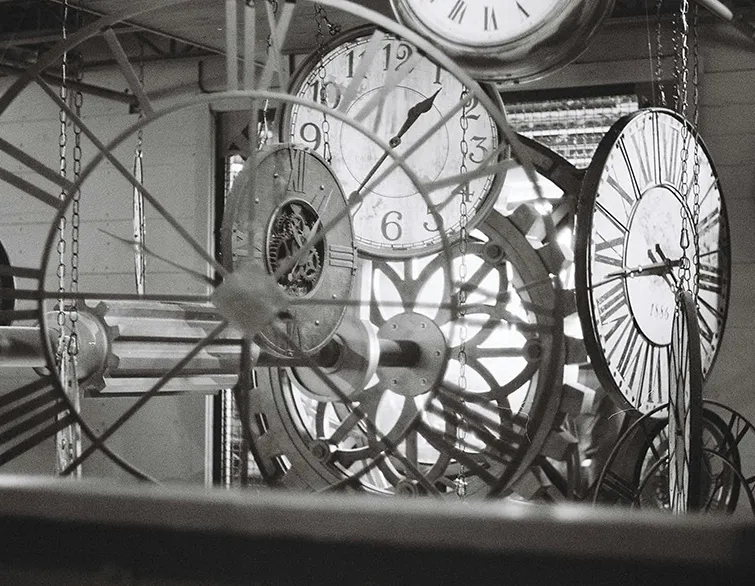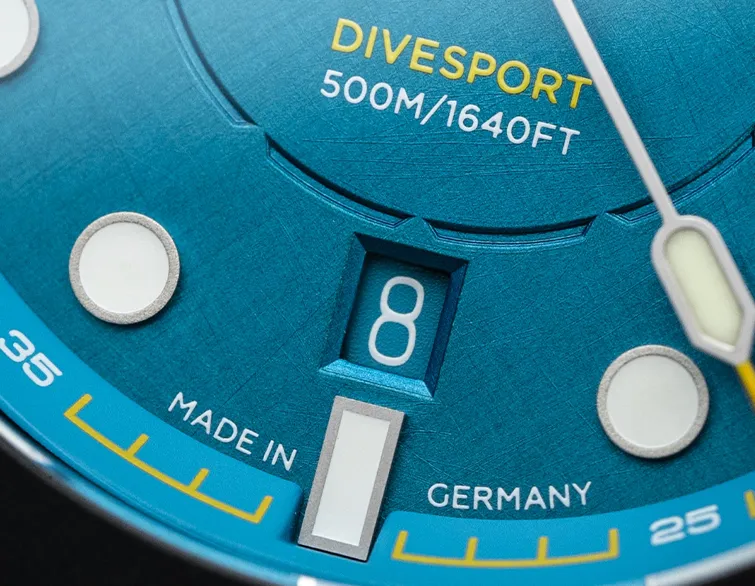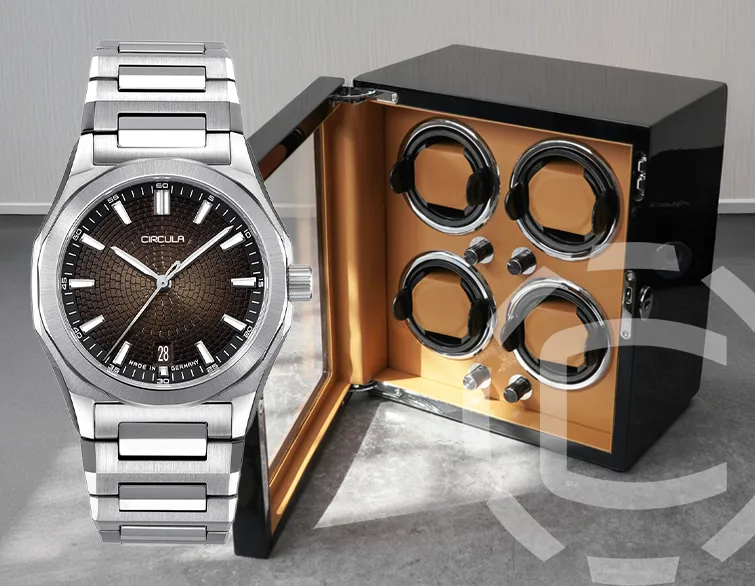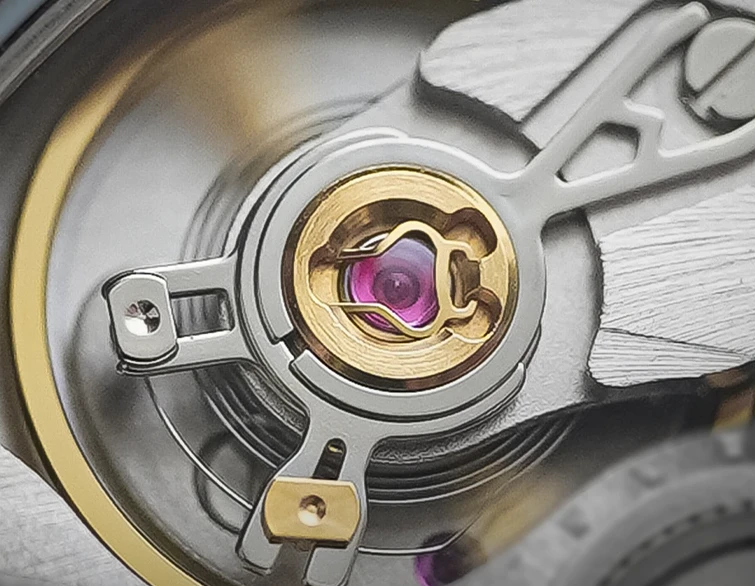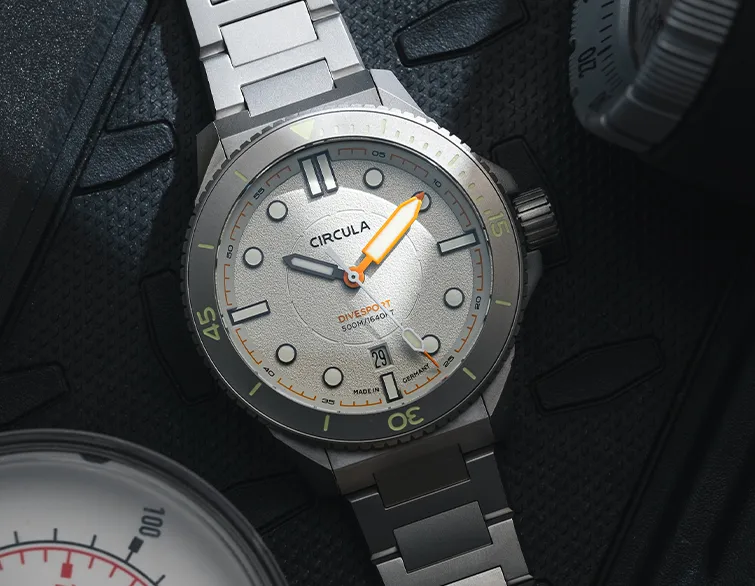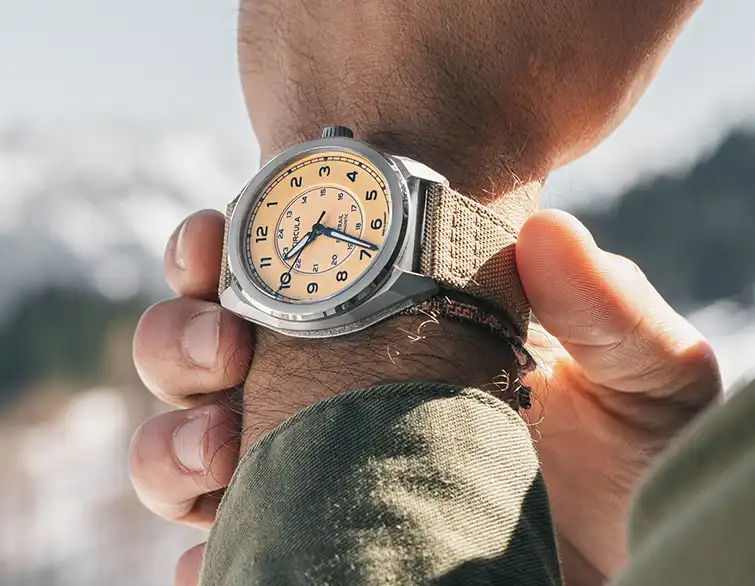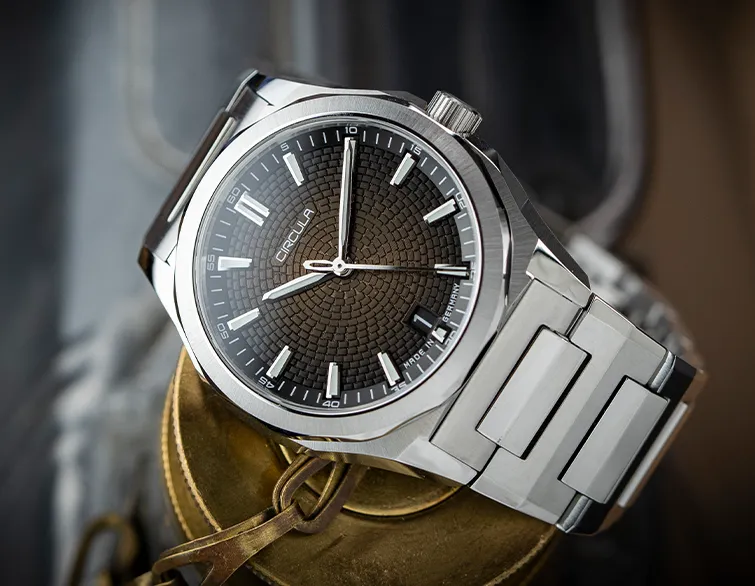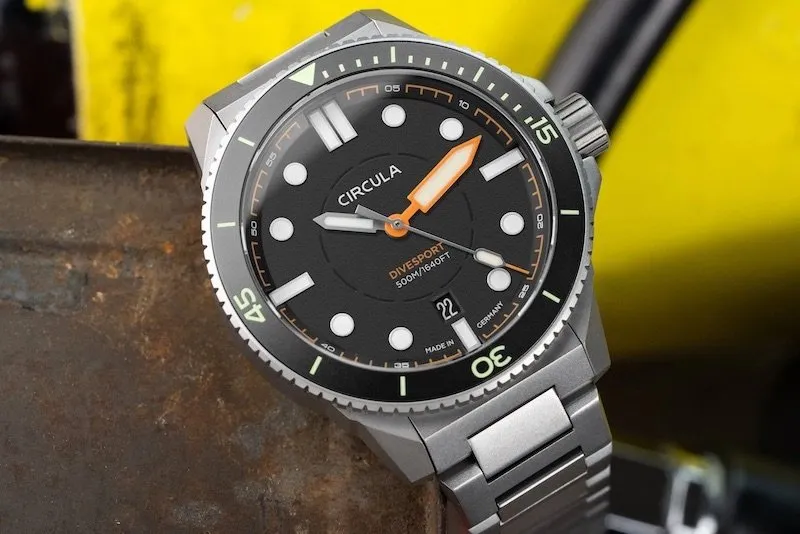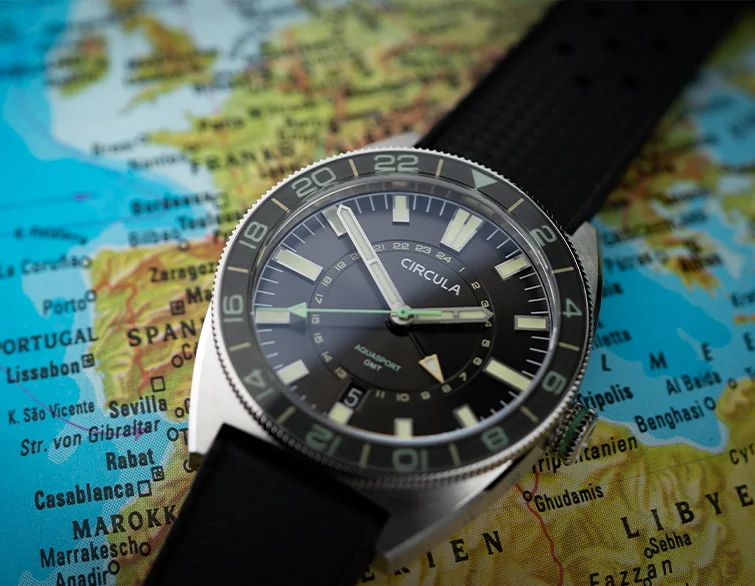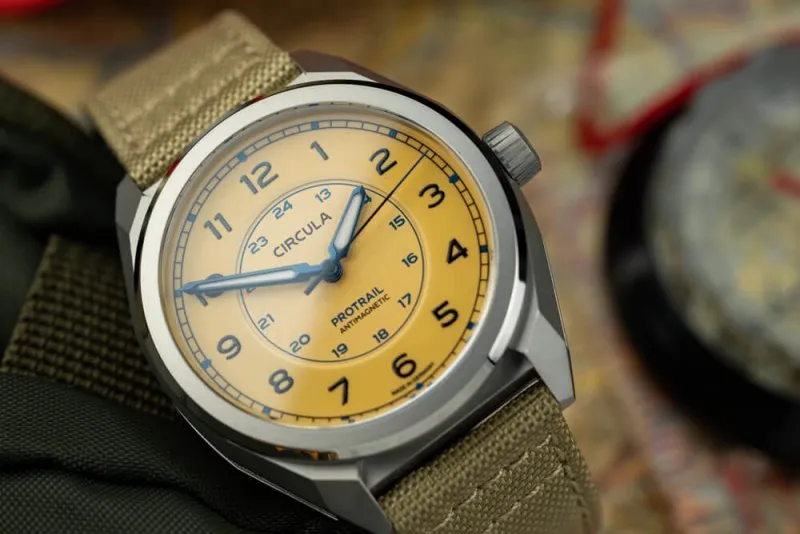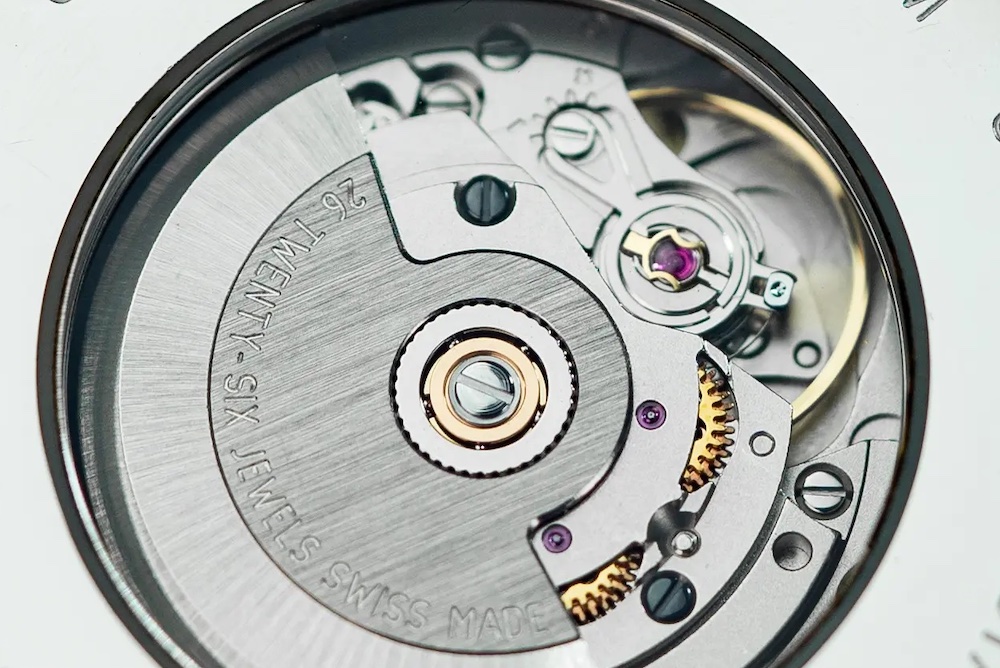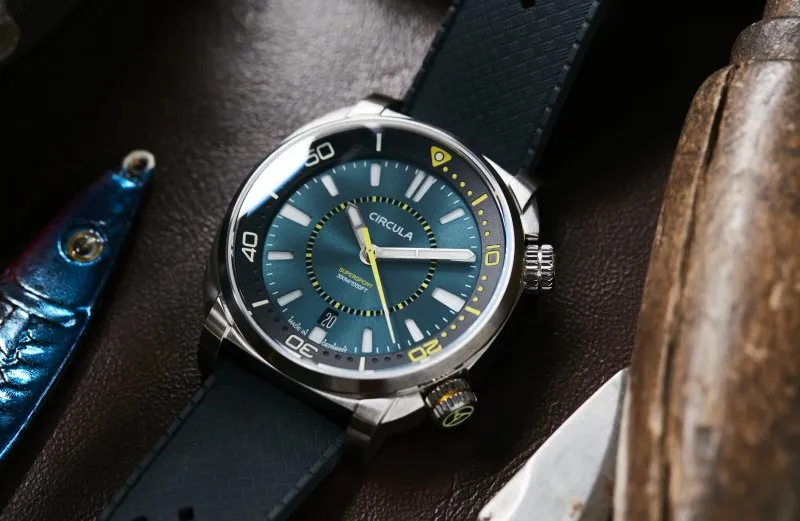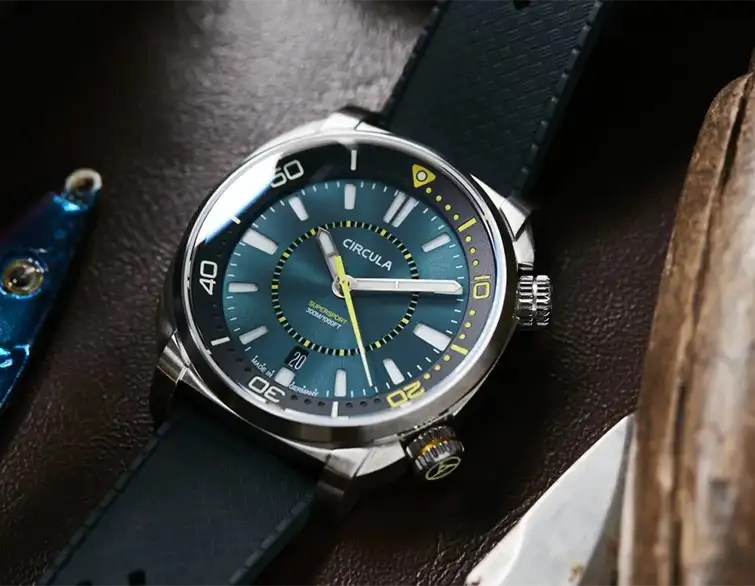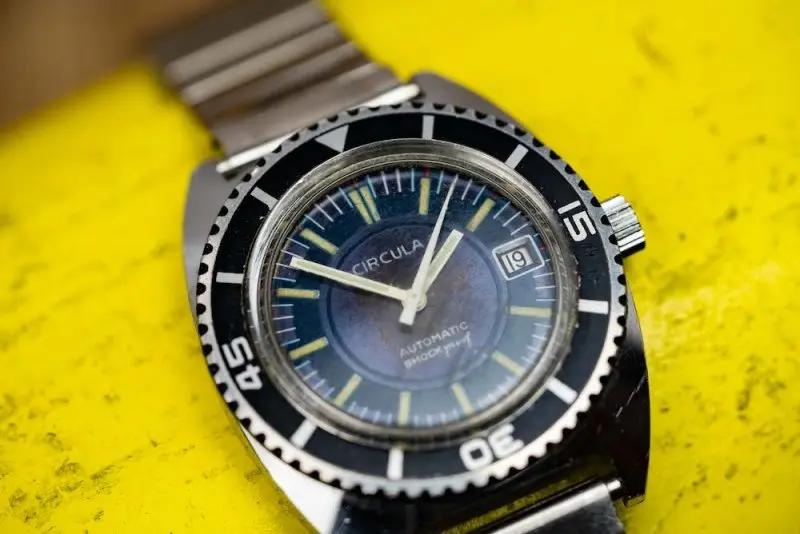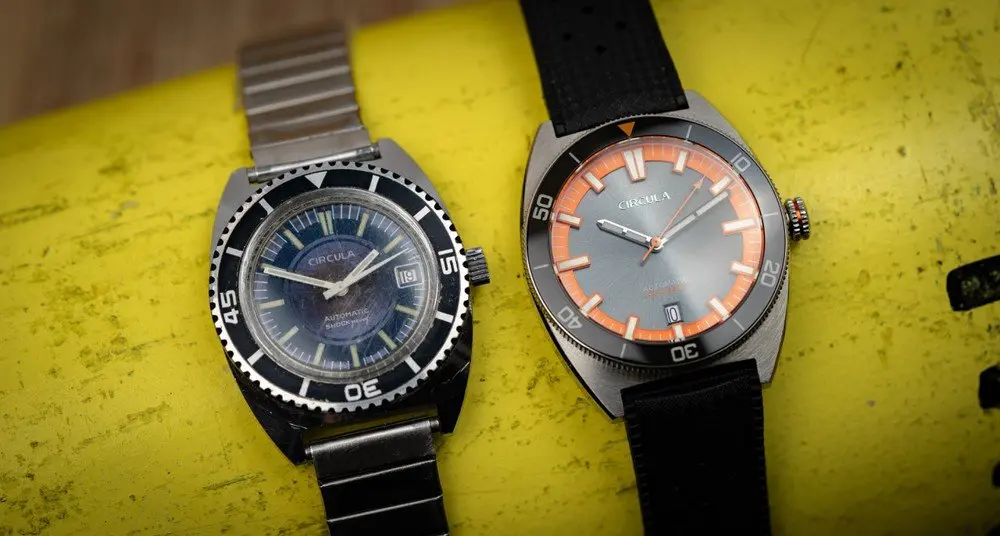The world of watches
From classics to modern masterpieces
Watches are much more than just timepieces - they are an expression of style, personality and technical sophistication. Whether classic mechanics, innovative smartwatches or luxurious collector's items, the variety of the watch world offers the right model for every taste. In our blog, we delve into the fascination of the art of watchmaking, introducing you to iconic brands, current trends and timeless classics. Find out what really makes a watch and how you can find the perfect piece for you.
Teddy Baldassarre – The American Voice of the Watch Industry
Teddy Baldassarre is one of the most influential voices in the world of wristwatches and has established himself as a leading figure in the international watch community over the past few years.
Outdoor, dive or pilot watch: Which watch suits your style?
Your watch is more than just a timepiece—it's a statement. Whether robust, sporty, or technically elegant, find out which watch best reflects your personality.
DLC coating: Elegant, robust and environmentally friendly
Black watches look chic, but are usually very sensitive and prone to scratches. But since a watch [...]
The mechanical watch: types, functions, care and history
Today’s mechanical wristwatches mostly use movements, or calibers, with automatic or manual wind [...]
Setting the time and date correctly
Setting the time and date correctly is essential to ensure that your automatic watch runs reliably. The following article explains how to set an automatic watch correctly.
Changing and shortening metal bracelets
Changing or shortening a metal bracelet requires various steps, depending on the design [...]
Watch winders explained: function, benefits and settings for automatic watches
Automatic watches are masterpieces of the watchmaker's art - durable, precise and technically sophisticated [...]
La Joux Perret G100 movement with 68h power reserve
68 hours power reserve, 4 Hz frequency, slim design [...]
Surface hardness in watches: Why every Vickers counts.
Surface hardness is a decisive criterion for the durability of watch cases
Titanium watches
Titanium is a popular material for wristwatches because it is lightweight, corrosion-resistant and skin-friendly [...]
Pilot watches Features: Precision, functionality and timeless design
What makes pilot watches special and which features make them stand out [...]
Outdoor watches: Reliable companions for every adventure
Whether hiking in the mountains, on expeditions or in everyday life - a robust watch that can withstand the elements is indispensable for [...]
Go-Anywhere-Do-Anything (GADA) watches: The ultimate all-rounders
GADA stands for "Go-Anywhere-Do-Anything". A watch in this category combines robustness, suitability for everyday use and elegance in one [...]
Titanium watches: Advantages and disadvantages
Titanium watches are enjoying great popularity alongside watches made of steel (such as 316L stainless steel). It is therefore not surprising that [...]
GMT watches and GMT function explained clearly
GMT watches are not only popular with frequent flyers and globetrotters, but also with people who spend a lot of time with colleagues [...].
Anti-magnetic watches: Safe protection against magnetic fields
It is clear that magnets and mechanical watches are not a good combination. Nobody would think of attaching a magnet to [...]
The watch bezel: what is it and what functions does it have?
Bezel bezels not only look chic on watches, they also have very special functions. In the case of the diver's watch, [...]
Sellita SW200-1: A top-class Swiss movement
Just like the Japanese Miyota 9015, the Swiss Sellita SW200-1 is a popular alternative for the now very [...]
Super compressor watch: renaissance of an almost forgotten technology
A diver's watch that looks sporty, is water-resistant up to 180 m and becomes increasingly waterproof the deeper you dive? Before [...]
Super-LumiNova®... and the watch lights up!
Watches that glow in the dark are not only practical, but were also a vital aid for divers, for example. [...]
10 ATM and Co. What do these indications on a watch mean?
ATM stands for physical atmosphere and was the unit for pressure in Germany and Austria until 1977. Since 01.01.1978, the SI-compliant unit for pressure has been the bar. 1 ATM corresponds to 1.01325 bar.
ISO 6425 and DIN 8306: What must a dive watch be able to do?
Not every watch that looks like a diver's watch can really be used for diving. A watch that looks like a [...]
Sapphire glass, mineral glass or Hesalite glass? Advantages and disadvantages
Circula diver's watch from the 1970s with scratched Hesalite crystal and new edition with sapphire crystal The watch crystal protects the inside of the [...]
Watch industry in Germany: Pforzheim, Glashütte and the Black Forest
Germany is one of the top five watch exporters in the world. Compared to export giants such as Switzerland (the largest exporter in terms of value) or China (the largest exporter in terms of volume), however, the German watch industry is quite small, but nevertheless offers great diversity and a moving history. The German watch industry can look back on a history of several hundred years and the main production of watches in Germany still takes place in the historical centers today. In this article, we take a short journey through time to the beginnings of the watch industry in the golden city of Pforzheim, the Black Forest and Glashütte.


